This article focuses on Las Sepulturas, an archeological site located close to the larger Copan Archeological Site in Honduras.
For my last day in Copan, I had plans to do a walking tour around the valley hosting the city and its archeological sites. I was in the mood for local villages, stunning views, and a lost stelae. But my plans collapsed. Fast.
After touring the major archeological site, the tour guide said he had other “responsibilities”. I don’t know. Something told me he had plans to watch the Real Madrid vs. Barcelona soccer match. Who I am to interfere between a man and his beloved futbol (soccer)?
There was still half a day to burn before departing to San Pedro Sula. Our minds started to weigh options. Ok, there were not a lot of last moment options. In the nick of the moment, we ended in a tuk-tuk taking us to Las Sepulturas.
This is a small site located very close to the main ruins. The entrance to the site is included with your Copan ticket. However, only a few venture to what can be considered the Beverly Hills or the Berkshires of the Copan elite.
In all honesty, I wasn’t that excited to visit this place. I don’t know what I was thinking. The truth is that Las Sepulturas offers a prime seat view to the Mayan daily life. You just have to feel respect for this advanced civilization once you discover how clever they were.
The next two photos give us a good idea of how the upper-class houses looked. For city dwellers used to concrete, glass, and steel skyscrapers, these crumbling stone structures may look “meh”. Nevertheless, imagine how much money or power you needed to get a stone house in Mayan times. Common people had houses made of perishable materials.
A closer look reveals room divisions, saunas, and even beds. Some of the structures holding the bed platforms are exquisitely carved and painted. A natural red dye was obtained from the leaves of a tree.
Mattresses and pillows were made of a cotton-like fluff obtained from the ceiba tree. Also, Mayas used to burn certain sticks to keep mosquitoes away. If this wasn’t good living, then tell me what it was.
Some facades were carved as well. Sculptures of warriors and symbol s of kingship (petate carvings) can be seen on site.
It was interesting to observe the holes where the Mayas used to burn fire at night. There are hundreds of these located in strategic positions. The city was well illuminated at night for special events.
Las Sepulturas means The Tombs. The site bears the name because human remains have been found in unusual places. Tombs have been found under the beds and in the courtyard (freaky). We can literarily say the Mayas had a close relationship with their dead.
Big ball courts were built for religious and sports events. I imagine this is where the inhabitants of the site used to wear their best ornaments.
My favorite story about the site was about a wall built a few years ago by the government to block the Copan River during overflowing times. This modern wall was destroyed by the river in a matter of years. The Mayas built their own wall more than 500 hundred years ago. That wall is still standing and protecting the site.
The area is a paradise for bird lovers. I was able to spot a Turquoise-Browed Motmot (torogoz) which is the national bird of El Salvador. I also saw the meanest looking bird on the entire trip. I got kind of scared by his gaze. Plus, the guide told me some unbelievable snake attack stories. I just wanted to go back to town.
Once we were done, we returned to town and there was still time to find a place to see the game. The entire town stopped for this. Well, I have to admit the famous rivalry between Spain’s main cities was a blessing at that exact moment. I was able to see Hondurans enjoying their greatest passion and I was able to visit Las Sepulturas.
Have you visited Las Sepulturas? Let me know in the comments section below.



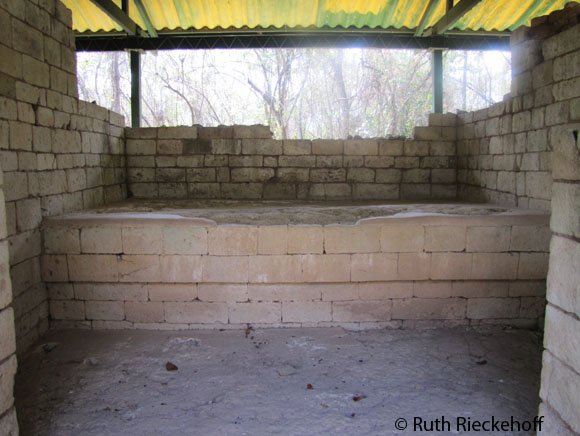


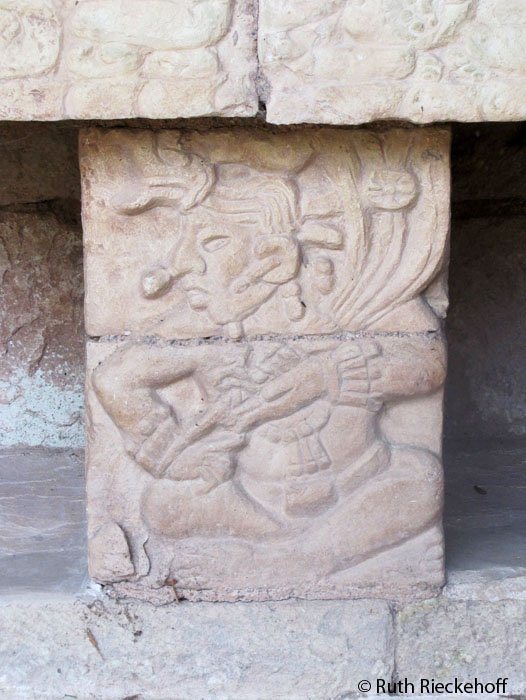

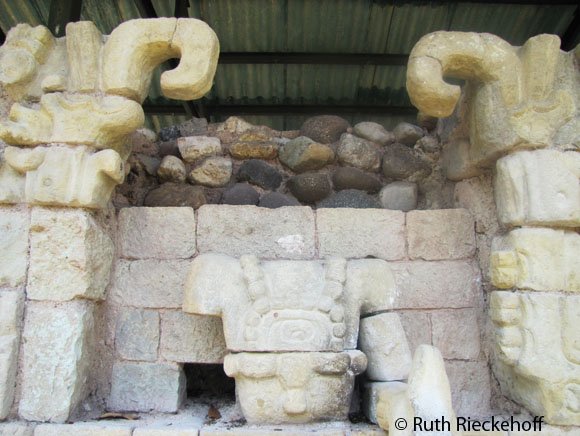

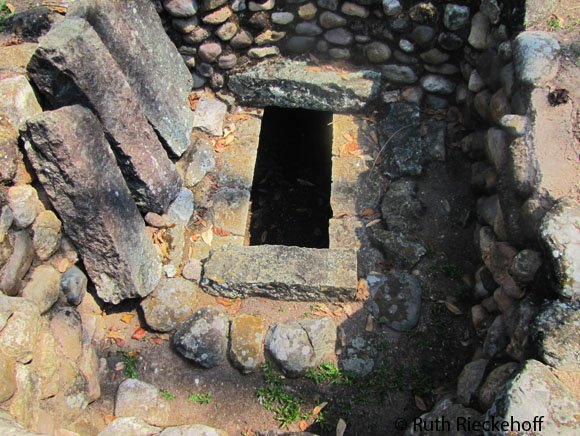


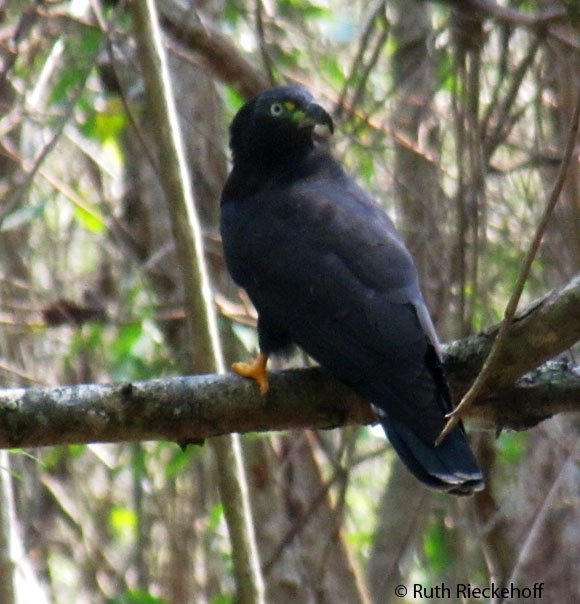


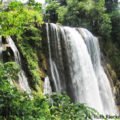

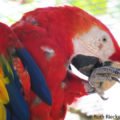
John Martin Suko says
Yes, my wife and spent a week in Copan with a local guide. After our tours of the Ruins and Las Sepulturas,, the next morning our guide took us on a hike through forested areas around Copan where we saw many fascinating ruins that have never really been excavated, preserved or studied. Mainly these were carved stone remnants of the daily lives of the privileged. Probably the most fascinating to me was a carved stone birthing chair in what was likely a birthing center for the elite. Unfortunately, there is not enough money to preserve and study all of these places surrounding Copan.